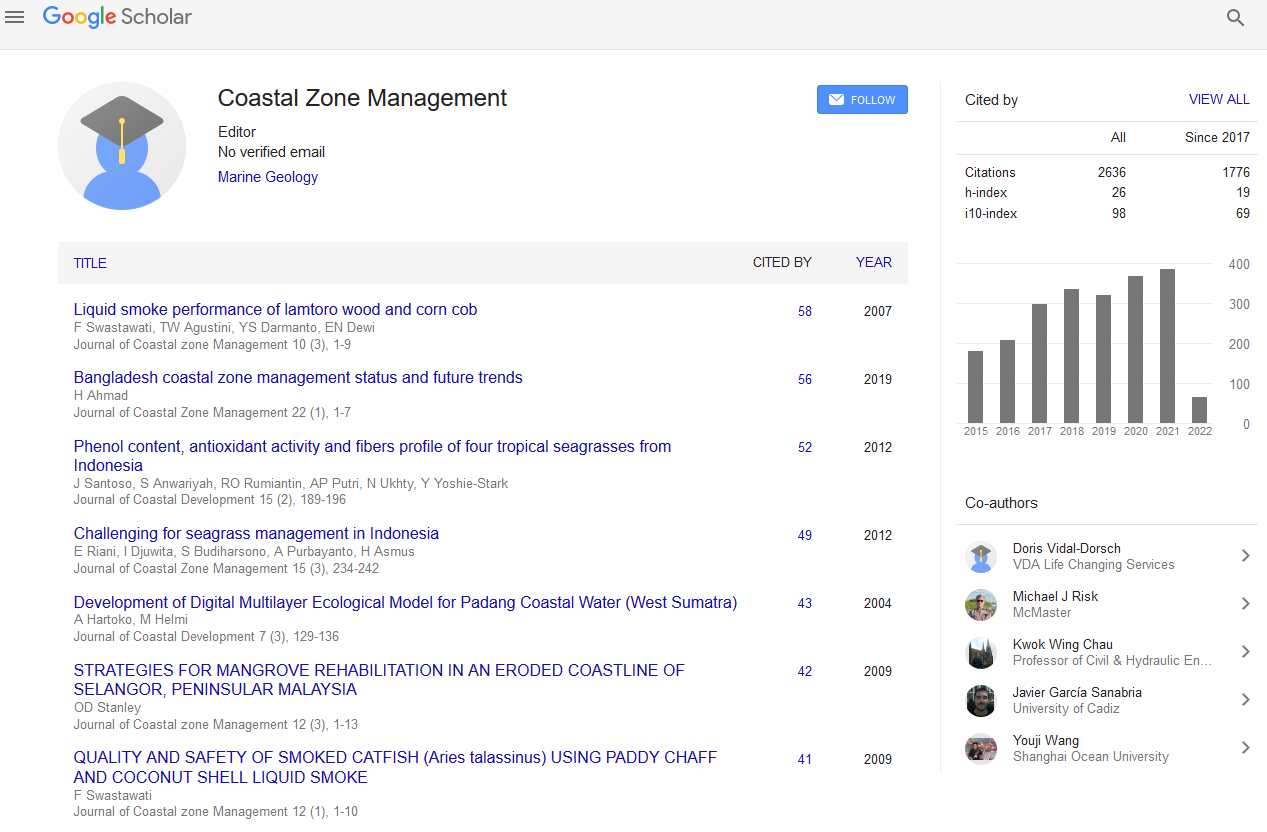Indexed In
- SafetyLit
- RefSeek
- Hamdard University
- EBSCO A-Z
- OCLC- WorldCat
- Publons
Useful Links
Share This Page
Journal Flyer

Open Access Journals
- Agri and Aquaculture
- Biochemistry
- Bioinformatics & Systems Biology
- Business & Management
- Chemistry
- Clinical Sciences
- Engineering
- Food & Nutrition
- General Science
- Genetics & Molecular Biology
- Immunology & Microbiology
- Medical Sciences
- Neuroscience & Psychology
- Nursing & Health Care
- Pharmaceutical Sciences
Abstract
T-GERO- Theory of gyroscopic effects for rotating objects
RyspekUsubamatov
The physics of the gyroscopic effects are more complex than represented in known theories with simplified mathematical models. Recent investigations have demonstrated that the external torque applied on a gyroscope generates the system of nine inertial torques acting interdependently around three axes. These torques are produced by rotating the mass elements of the spinning disc and manifested all gyroscopic effects. Gyroscopic inertial torques are generated by the centrifugal, common inertial, Coriolis forces, as well as the change in the angular momentum of the spinning rotor. These torques represent the fundamental principles of the gyroscope theory. New mathematical models for the gyroscopic effects describe their physics and validated by practical tests. The interrelated action of several inertial forces on the gyroscope manifests the phenomena of their deactivation that is the result of kinetic energy loss of the resistance inertial torques. The gyroscope does not possess properties that contradict physical principles. The method for computing inertial torques can be applied to all rotating objects of different designs like a cone, sphere, paraboloid, ellipsoid, propeller, etc. that manifest gyroscopic effects. The science of classical mechanics receives a new direction for computing motions of rotating objects in space.
Published Date: 2020-08-31; Received Date: 2020-08-31

